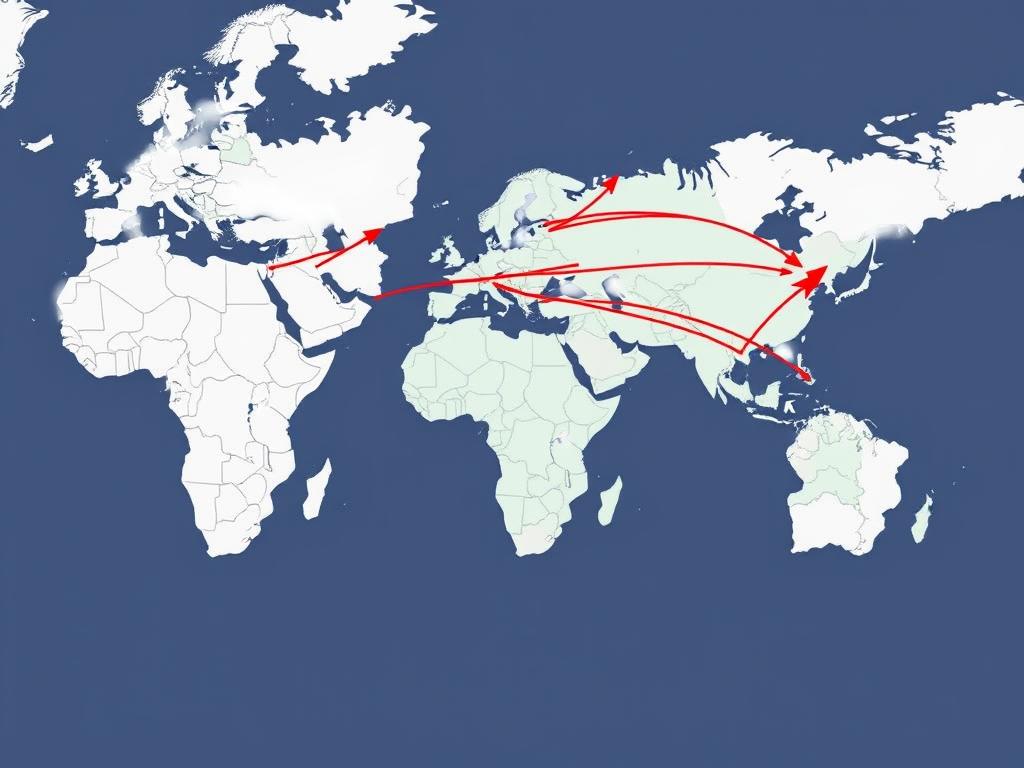The world of international trade is in constant flux, and recent tariff implementations have acted as a major catalyst for change. What once seemed like a straightforward system of importing and exporting goods has become a complex dance influenced by political agendas and economic maneuvering. While proponents argue that tariffs can protect domestic industries and create jobs, the reality is proving to be far more nuanced and often, quite disruptive.
The Tariff Tango: How Trade Wars Are Rewriting Global Supply
One of the most significant impacts of tariffs is the restructuring of global supply chains. Companies that previously relied on specific countries for manufacturing or raw materials are now actively seeking alternative sources. This shift is driven by the need to mitigate the increased costs associated with tariffs. Businesses are exploring options like relocating production facilities to countries with more favorable trade agreements or diversifying their supplier base to reduce dependence on any single nation. This reshuffling can lead to increased costs and inefficiencies in the short term but may also foster greater resilience and diversification in the long run.

The impact on market stability is another key concern. Unpredictable tariff policies can create uncertainty and volatility in financial markets. Businesses are hesitant to invest in new projects or expand operations when the future of trade relations is unclear. This uncertainty can lead to slower economic growth and reduced job creation. Furthermore, tariffs can trigger retaliatory measures from other countries, escalating trade tensions and further destabilizing the global economy.
However, not all the effects of tariffs are negative. Some regions, like Europe, may find themselves in a more advantageous position as companies seek alternatives to countries targeted by tariffs. Additionally, tariffs can incentivize domestic production, leading to the revitalization of certain industries within the imposing country. The BBC’s report on the US economy highlights the complexities and mixed outcomes of tariffs, showing that the impact varies significantly across different sectors.
Ultimately, the long-term consequences of these tariff-driven shifts remain to be seen. While some industries and regions may benefit, the overall impact on global trade and economic growth is likely to be complex and multifaceted. Navigating this new landscape requires businesses and policymakers to adopt a strategic and adaptable approach, focusing on diversification, innovation, and fostering stable international relations. The tariff tango continues, and the steps are anything but predictable.
Learn More: Here

Md Emran Khan is a passionate news writer and digital content creator focused on delivering clear, insightful, and timely updates on finance, technology, and current events. With a knack for breaking down complex topics into engaging stories, Emran aims to keep readers informed and empowered to make smart decisions. Based in USA, he blends global trends with local perspectives to bring a fresh voice to the news landscape.
